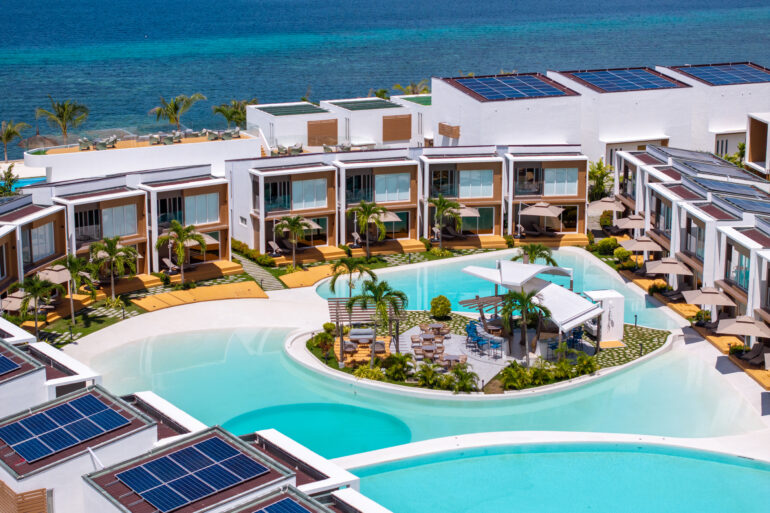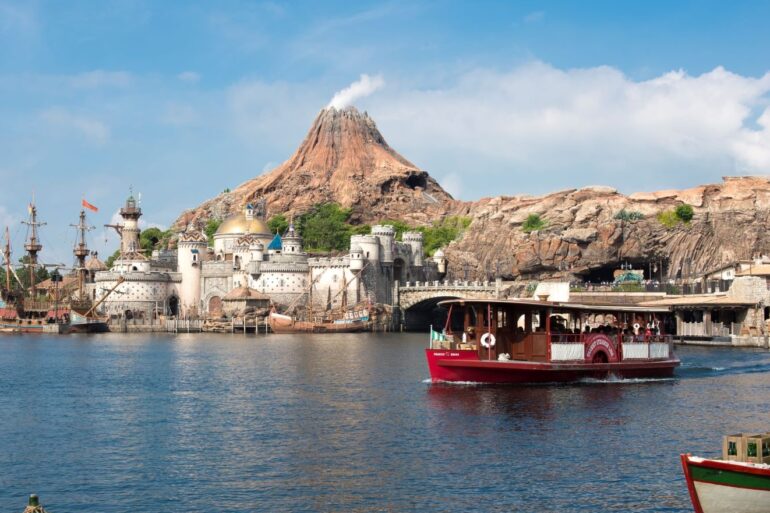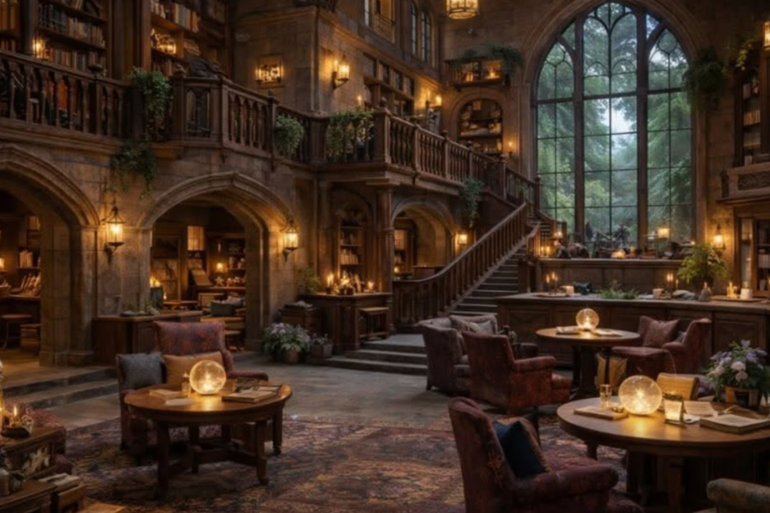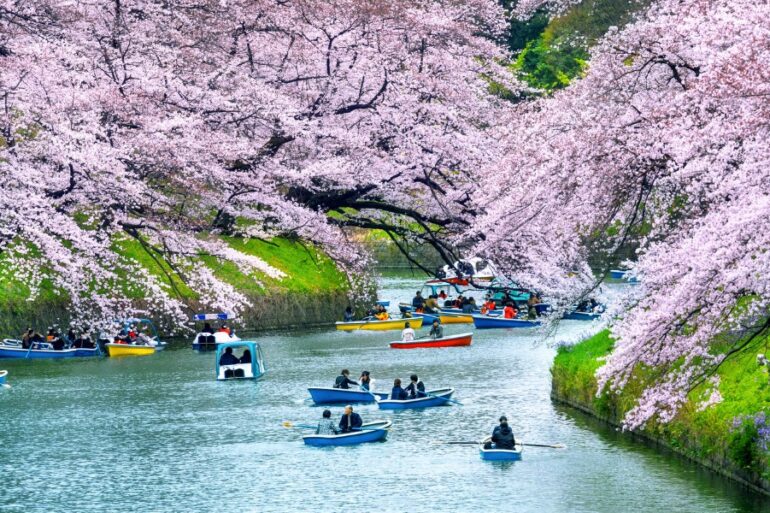In 1972, the kingdom introduced the concept of Gross National Happiness, believing that economic measures alone were insufficient to reflect quality of life.
Otherworldly is an apt description for the Land of the Thunder Dragon or Druk Yul, the Bhutanese term for this small kingdom. Even in popular literature, Bhutan is purported to be magical and mysterious.
Harry Potter’s Hogwarts headmaster Albus Dumbledore disclosed to muggles and wizards that the Eyrie is a wizarding village and is located in one of the many mountaintop villages of Bhutan. “The Kingdom of Bhutan, it sits high in the Eastern Himalayas. It’s a place of indescribable beauty. Some of our most important magic has its origin there.”
A centuries-old legal code of Bhutan states that the purpose of government “is to provide happiness to its people. If it cannot provide happiness, there is no reason for the government to exist.”
Backdropped amid the splendor of Bhutan, we saw some of the most nerve-wracking scenes in the film Fantastic Beasts and The Secrets of Dumbledore.
Nestled between India and China, Bhutan has always been more than a fascination to most. This unspoiled, pristine, and picturesque country in South Asia was closed off to outsiders until the 1970s.
Sustainable tourism and GNH



Prior to the pandemic, Bhutan registered its highest visitor index in 2019 with almost 315,000 tourists—that’s almost a third of their population, a far cry from the first 287 tourists that arrived in 1974 when they first opened their borders and welcomed visitors from other countries.
A popular quote says happiness is a journey, not a destination, but what if the destination to a journey of happiness is, in fact, Bhutan? What makes Bhutan synonymous to happiness? To start with, it’s the only country in the world that values happiness above all.
The fourth King of Bhutan Jigme Singye Wangchuck introduced this philosophy in 1972 when he declared GNH or Gross National Happiness as a counterbalance to Gross Domestic Product (GDP, believing that GDP alone will not deliver happiness or overall wellbeing for its people).






Although this concept has been in place for only four decades, the guiding principle for happiness has been in the works in the country for centuries. A legal code of Bhutan dated 1729 clearly states that the purpose of government “is to provide happiness to its people. If it cannot provide happiness, there is no reason for the government to exist.”
In July 18, 2008, the government further refined the GNH index by instituting the four pillars of happiness and its nine domains: 1) psychological wellbeing, 2) ecological diversity, 3) health , 4) cultural diversity and resilience, 5) time use, 6) education, 7) good governance, 8) community vitality, and 9) living standards.
Must-visit sites



For the first time in 2012, Bhutan formally listed a few provisional sites to the UNESCO World Heritage Center for future inclusions on the organization’s list.
These sites are a must-visit: the Ancient Ruin of Drukgyel Dzong, which was built to protect against neighboring Tibetan invaders, located in Paro District. This is also home to the Taktshang Monastery or famously known as the Tiger’s Nest, Rinpung Dzong, Paro Town Market, the National Museum of Bhutan, and Kyichu Lhakhang, one of the oldest temples dating back to the 7th century.
The Tamzhing Monastery in Bumthang District—the most historic district with numerous ancient temples and sacred sites dotting its valley—and the Bumdeling Wildlife Sanctuary in Trashiyangtse District are also popular tourist spots.
High value, low volume



Bhutan is a game changer in HVLV (high value, low volume) tourism, a strategy that strives to improve the country’s sustainable development policies to bring to focus the four pillars of happiness: sustainable and equitable socio-economic development, ecological sustainability, preservation and promotion of a free and resilient culture, and good governance and equality before the law.
It’s not cheap to visit Bhutan. Tourists typically pay a Sustainable Development Fee (SDF) as part of their daily cost. As of 2023, the fee is $100 per person per night for most tourists for SDF. The SDF is intended to ensure that the country’s unique culture and environment are preserved while providing high-quality services to visitors.
Booking packages through licensed tour operators is highly encouraged. This includes accommodation, meals, transportation, a licensed tour guide, and entry fees to various sites. These packages generally range from $250 to $400 per person per day, depending on the level of luxury and specific itinerary.






Bhutan prides itself on becoming the first carbon-negative country in the world. Forests cover 75 percent of the country’s land area, offsetting its tangible economic emissions through carbon emissions. It is also the only independent Mahayana Buddhist Country, a religious heritage that remains uninterrupted for the last thousand years. This has left the country a legacy of over 2,000 monasteries, temples, and sacred sites with a distinctly Bhutanese style, and no colonial history to mar its remarkable and unique architecture.
The high SDP fee doesn’t stop travelers from wanting to explore this last bastion of a happier, tranquil way of life. When you get the chance to visit a place that’s swathed in the most awe-inspiring natural scenery and seemingly untouched by time, you would go too.








